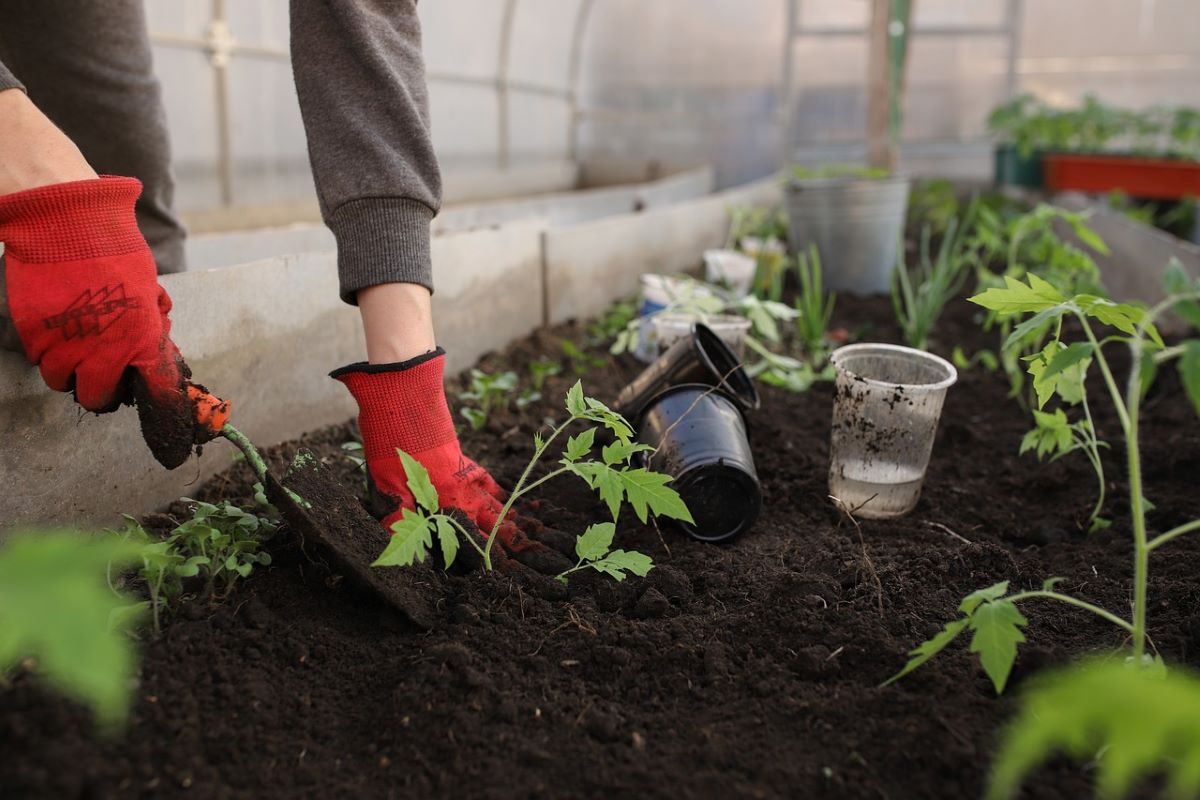The Benefits of Green Spaces
When designing outdoor areas, choosing the right materials is essential. Whether using concrete supplies for durable pathways or corten garden edging for a natural, rusted aesthetic, these materials help shape functional and visually appealing landscapes. Beyond residential gardens, greenery is also becoming a vital part of indoor environments. In healthcare, integrating green spaces into medical fitouts in Melbourne can enhance patient well-being, while a thoughtfully designed medical clinic fitout can create a more calming and healing atmosphere. These strategic design choices highlight the growing recognition of nature’s role in promoting physical and mental health.
Enhancing Mental Well-being
Green spaces have a big impact on mental health. Studies have found that more exposure to the natural environment can reduce symptoms of stress, anxiety and depression. Simply walking through a park or spending time in a garden can lower cortisol levels, improve mood, and enhance cognitive function. In urban settings, where concrete dominates the landscape, accessible green areas provide much-needed respite from the fast-paced city life. These spaces encourage relaxation, mindfulness, and social connection, all of which lead to good health.
Boosting Physical Health

Beyond mental wellness, green spaces offer numerous physical health benefits. Parks and gardens encourage outdoor activities such as walking, jogging, and cycling, promoting an active lifestyle. Regular exposure to nature has been linked to lower blood pressure, improved immune function, and reduced risk of chronic illnesses. The availability of green spaces in residential and commercial developments fosters a culture of movement, making it easier for people to add exercise to their daily routines.
Greenery in Work and Healthcare Environments
Incorporating green spaces in workplaces and healthcare facilities is gaining traction. Biophilic design—integrating natural elements into built environments—has been proven to increase productivity and job satisfaction in office settings. Employees working in offices with access to greenery report higher levels of focus, creativity, and reduced stress. Similarly, in healthcare environments, patients recover faster when exposed to natural views or indoor gardens. Hospitals and clinics that incorporate plants, green walls, and healing gardens create a more soothing atmosphere for patients, leading to faster recovery in most cases.
Environmental Benefits of Green Spaces
Urban green spaces promote environmental sustainability. Trees and plants reduce air pollution. They also mitigate the urban heat island effect, where cities experience higher temperatures due to concrete and asphalt retaining heat. By cooling the surrounding areas, green spaces contribute to more comfortable and livable urban environments.
Social and Community Benefits
Green spaces foster social interaction and community engagement. Parks, community gardens, and green rooftops provide gathering spots where people can connect, collaborate, and build relationships. These shared spaces contribute to stronger neighbourhoods, enhancing the overall quality of life. Research suggests that communities with access to well-maintained green spaces experience lower crime rates and higher levels of civic participation. The presence of nature encourages inclusivity, offering safe and welcoming environments for people from all age groups and backgrounds.
Green Spaces and Property Value
The presence of green areas significantly impacts property values. Homes and commercial properties located near parks, gardens, or tree-lined streets often command higher prices. Businesses benefit from greener surroundings as customers are more likely to spend time in aesthetically pleasing environments. Property developers and urban planners are increasingly recognising the economic advantages of incorporating green spaces into their designs, making them a valuable investment for both the public and private sectors.
The Future of Urban Greenery
As urban areas grow, incorporating green spaces into city planning becomes increasingly essential. Vertical gardens, green roofs, and urban forests are emerging as innovative solutions to enhance sustainability and livability in densely populated areas. Governments and organisations are investing in projects that prioritise greenery, recognising its role in improving public health, environmental quality, and overall city resilience.
By understanding the benefits of green spaces, individuals and businesses can make decisions that can lead to a greener and more balanced world.

